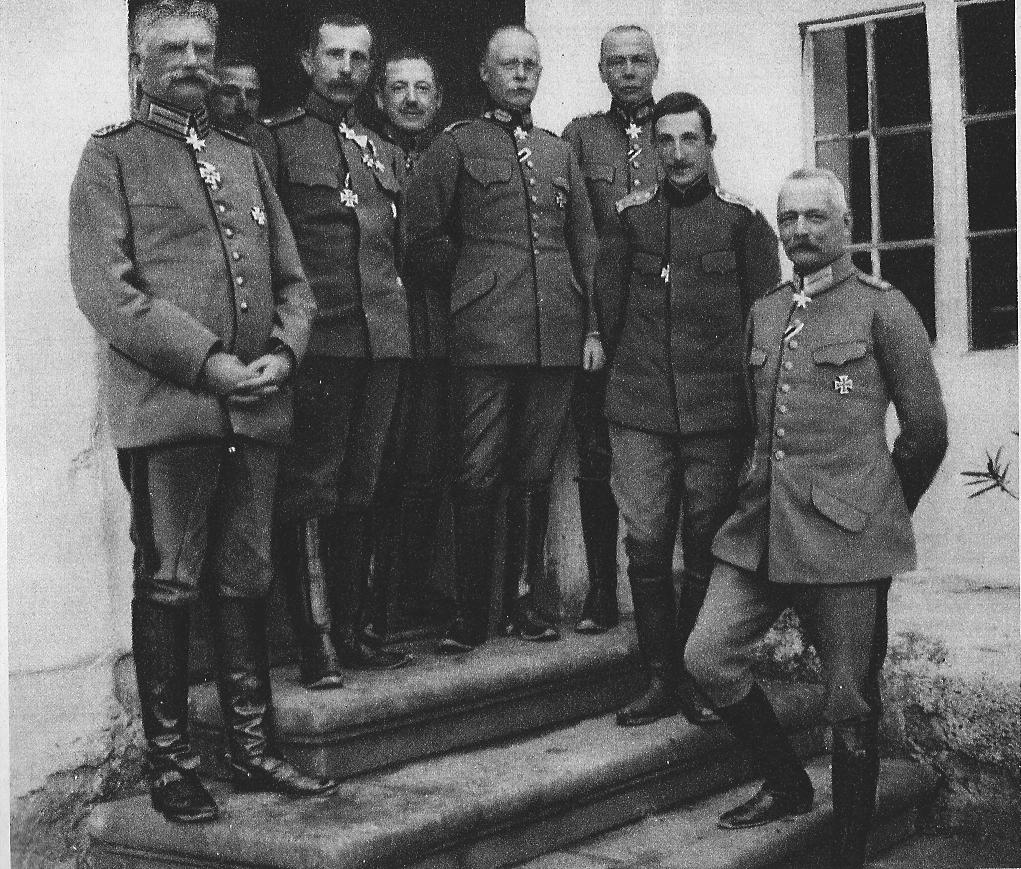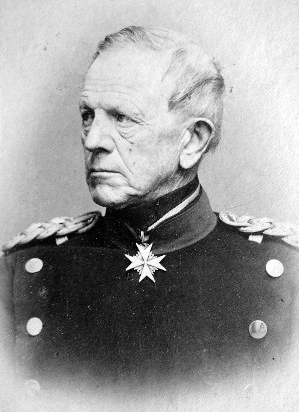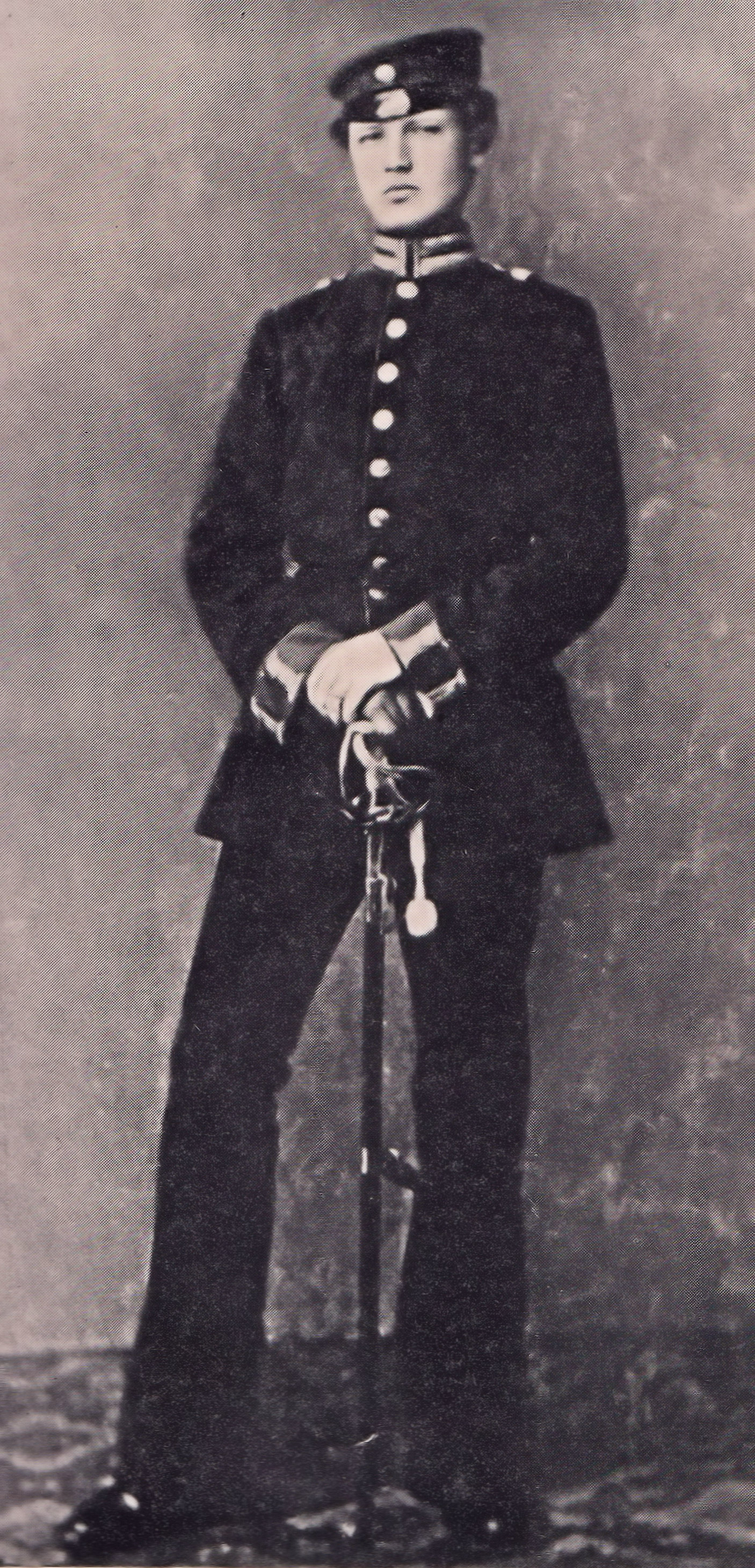|
Vilno-Dvinsk Offensive
The Vilno-Dvinsk offensive took place in the autumn of 1915 between the cities of Vilno (present-day Vilnius) and Dvinsk (present-day Daugavpils). It was strategic withdrawal by Russian forces on the Eastern Front of World War I, after a successful summer German offensive. The German armies were under the command of Supreme Commander of All German Forces in the East, Field Marshal Paul von Hindenburg. Although weakened by the transfer of 12 divisions to France and the Balkans, as part of taking a defense, Hindenburg had his forces conduct several secondary offensive operations. However, the numerical superiority of the Russians did not allow Hindenburg to achieve a lasting success. Background The limited success of the Hindenburg's Army Group after the Siege of Kovno and Siege of Novogeorgievsk forced the Chief of German Great General Staff, General of Infantry Erich von Falkenhayn, to make the final decision to curtail operations in the German Eastern front, especially ... [...More Info...] [...Related Items...] OR: [Wikipedia] [Google] [Baidu] |
Eastern Front (World War I)
The Eastern Front or Eastern Theater of World War I (german: Ostfront; ro, Frontul de răsărit; russian: Восточный фронт, Vostochny front) was a theater of operations that encompassed at its greatest extent the entire frontier between Russia and Romania on one side and Austria-Hungary, Bulgaria, the Ottoman Empire, and Germany on the other. It stretched from the Baltic Sea in the north to the Black Sea in the south, involved most of Eastern Europe, and stretched deep into Central Europe as well. The term contrasts with "Western Front", which was being fought in Belgium and France. During 1910, Russian General Yuri Danilov developed "Plan 19" under which four armies would invade East Prussia. This plan was criticised as Austria-Hungary could be a greater threat than the German Empire. So instead of four armies invading East Prussia, the Russians planned to send two armies to East Prussia, and two armies to defend against Austro-Hungarian forces invading from Gal ... [...More Info...] [...Related Items...] OR: [Wikipedia] [Google] [Baidu] |
10th Army (Russian Empire)
The 10th Army () was a field army of the Imperial Russian Army during the First World War. History The 10th Army was formed on from reserve units of the Stavka of the Commander-in-Chief, part of the Northwestern Front, and initially included the 22nd Army Corps, the 3rd Siberian Army Corps, and the 1st Turkestan Army Corps, under the command of Lieutenant General Vasily Flug. Subsequently, the army would also include the 1st Guards, 1st, 2nd, 3rd, 5th, 6th, 10th, 15th, 20th, 23rd, 24th, 26th, 34th, 35th, 36th, 38th, and 44th Army Corps, the 2nd and 5th Caucasus Army Corps, the 1st and 2nd Siberian Army Corps, and the 7th Cavalry Corps at different times. The army was deployed between the 1st and 2nd Armies during the East Prussian Campaign of 17 August to 15 September 1914, covering the left flank of the 1st Army along with the 2nd Army. During the Russian retreat from East Prussia it defended the line of the Bobr River and covered the direction of August� ... [...More Info...] [...Related Items...] OR: [Wikipedia] [Google] [Baidu] |
France
France (), officially the French Republic ( ), is a country primarily located in Western Europe. It also comprises of overseas regions and territories in the Americas and the Atlantic, Pacific and Indian Oceans. Its metropolitan area extends from the Rhine to the Atlantic Ocean and from the Mediterranean Sea to the English Channel and the North Sea; overseas territories include French Guiana in South America, Saint Pierre and Miquelon in the North Atlantic, the French West Indies, and many islands in Oceania and the Indian Ocean. Due to its several coastal territories, France has the largest exclusive economic zone in the world. France borders Belgium, Luxembourg, Germany, Switzerland, Monaco, Italy, Andorra, and Spain in continental Europe, as well as the Netherlands, Suriname, and Brazil in the Americas via its overseas territories in French Guiana and Saint Martin. Its eighteen integral regions (five of which are overseas) span a combined area of ... [...More Info...] [...Related Items...] OR: [Wikipedia] [Google] [Baidu] |
Serbia
Serbia (, ; Serbian: , , ), officially the Republic of Serbia (Serbian: , , ), is a landlocked country in Southeastern and Central Europe, situated at the crossroads of the Pannonian Basin and the Balkans. It shares land borders with Hungary to the north, Romania to the northeast, Bulgaria to the southeast, North Macedonia to the south, Croatia and Bosnia and Herzegovina to the west, and Montenegro to the southwest, and claims a border with Albania through the Political status of Kosovo, disputed territory of Kosovo. Serbia without Kosovo has about 6.7 million inhabitants, about 8.4 million if Kosvo is included. Its capital Belgrade is also the List of cities in Serbia, largest city. Continuously inhabited since the Paleolithic Age, the territory of modern-day Serbia faced Slavs#Migrations, Slavic migrations in the 6th century, establishing several regional Principality of Serbia (early medieval), states in the early Middle Ages at times recognised as tributaries to the B ... [...More Info...] [...Related Items...] OR: [Wikipedia] [Google] [Baidu] |
Erich Von Falkenhayn
General Erich Georg Sebastian Anton von Falkenhayn (11 September 1861 – 8 April 1922) was the second Chief of the German General Staff of the First World War from September 1914 until 29 August 1916. He was removed on 29 August 1916 after the failure at the Battle of Verdun, the opening of the Battle of the Somme, the Brusilov Offensive and the entry of Romania into the war on the Allied side undid his strategy to end the war before 1917. He was later given important field commands in Romania and Syria. His reputation as a war leader was attacked in Germany during and after the war, especially by the faction supporting Paul von Hindenburg. Falkenhayn held that Germany could not win the war by a decisive battle but would have to reach a compromise peace; his enemies said he lacked the resolve necessary to win a decisive victory. Falkenhayn's relations with the Chancellor Theobald von Bethmann-Hollweg were troubled and undercut Falkenhayn's plans. Early life Falkenhayn was b ... [...More Info...] [...Related Items...] OR: [Wikipedia] [Google] [Baidu] |
German General Staff
The German General Staff, originally the Prussian General Staff and officially the Great General Staff (german: Großer Generalstab), was a full-time body at the head of the Prussian Army and later, the German Army, responsible for the continuous study of all aspects of war, and for drawing up and reviewing plans for mobilization or campaign. It existed unofficially from 1806, and was formally established by law in 1814, the first Staff (military), general staff in existence. It was distinguished by the formal selection of its officers by intelligence and Merit system, proven merit rather than patronage or wealth, and by the exhaustive and rigorously structured training which its staff officers undertook. Its rise and development gave the German armed forces a major strategic advantage over their adversaries for nearly a century and a half. The Prussian General Staff also enjoyed greater freedom from political control than its contemporaries, and this autonomy was enshrined in ... [...More Info...] [...Related Items...] OR: [Wikipedia] [Google] [Baidu] |
Siege Of Novogeorgievsk
The siege of Novogeorgievsk was a battle of World War I fought after the Germans broke the Russian defenses at the Hindenburg's Bug-Narew Offensive. In terms of the ratio of casualties and trophies, the German victory at Novogeorgievsk surpassed the victory at Tannenberg in 1914. It is also one of the most brilliant victories in the capture of a heavily fortified fortress, defended by superior enemy forces. Background As a result of the retreat of the Russian 1st and 2nd armies during German Bug-Narew Offensive, the fortress of Novogeorgievsk was blocked from the south by the division of Lieutenant General Thilo von Westernhagen from the German 9th Army. The chief of staff of the Supreme Commander of All German Forces in the East E. Ludendorff sent M. von Gallwitz an order for a "parallel pursuit" of Russian troops along the Bug River in order to intercept their retreat to the east. The capture of Novogeorgievsk was entrusted to the Siege Corps of General Hans Hartwig v ... [...More Info...] [...Related Items...] OR: [Wikipedia] [Google] [Baidu] |
Siege Of Kovno
Summer 1915, Imperial German Army began an Riga–Schaulen offensive and advanced towards Lithuania and Kaunas. The Germans reached Kovno in July 1915. At that time, 66,629 men with 1,370 guns, commanded by Vladimir Grigoriev (russian: Владимир Григорьев), manned the fortress. To attack the fortress, the Germans brought four divisions to the operation, which were placed under the command of Karl Litzmann. Battle To support this attack, the Germans constructed a railroad to transport their Gamma-Gerät howitzer. The howitzer's shell weighed about 1 ton with a range of . Several days into the siege more guns of various calibers were deployed. The German army concentrated its attack on the First, Second and Third Forts, which were the complex's oldest structures. The army did not surround the entire fortress, and its defense was able to regroup and resupply. On August 8, the Germans intensified their bombardment, but the fortress garrison withstood several ... [...More Info...] [...Related Items...] OR: [Wikipedia] [Google] [Baidu] |
Paul Von Hindenburg
Paul Ludwig Hans Anton von Beneckendorff und von Hindenburg (; abbreviated ; 2 October 1847 – 2 August 1934) was a German field marshal and statesman who led the Imperial German Army during World War I and later became President of Germany from 1925 until his death in 1934. During his presidency, he played a key role in the Nazi seizure of power in January 1933 when, under pressure from advisers, he appointed Adolf Hitler as Chancellor of Germany. Hindenburg was born to a family of minor Prussian nobility in Posen. Upon completing his education as a cadet, he enlisted in the Third Regiment of Foot Guards as a second lieutenant. He then saw combat during the Austro-Prussian and Franco-Prussian wars. In 1873, he was admitted to the prestigious '' Kriegsakademie'' in Berlin, where he studied for three years before being appointed to the Army's General Staff Corps. Later in 1885, he was promoted to the rank of major and became a member of the Great General Staff. Following a fi ... [...More Info...] [...Related Items...] OR: [Wikipedia] [Google] [Baidu] |
Ober Ost
, short for ( "Supreme Commander of All German Forces in the East"), was both a high-ranking position in the armed forces of the German Empire as well as the name given to the occupied territories on the German section of the Eastern Front of World War I, with the exception of Poland. It encompassed the former Russian governorates of Courland, Grodno, Vilna, Kovno and Suwałki. It was governed in succession by Paul von Hindenburg and Prince Leopold of Bavaria, and collapsed by the end of World War I. Extension was set up by Kaiser Wilhelm II in November 1914, initially came under the command of Paul von Hindenburg, a Prussian general who had come out of retirement to achieve the German victory of the Battle of Tannenberg in August 1914 and became a national hero. When the Chief of the General Staff Erich von Falkenhayn was dismissed from office by the Kaiser in August 1916, Hindenburg took over at the General Staff, and Prince Leopold of Bavaria took control of the . By ... [...More Info...] [...Related Items...] OR: [Wikipedia] [Google] [Baidu] |
Great Retreat (Russian)
The Great Retreat was a strategic withdrawal on the Eastern Front of World War I in 1915. The Imperial Russian Army gave up the salient in Galicia and the Vistula Land. The Russian Empire's critically under-equipped military suffered great losses in the Central Powers' July–September summer offensive operations, which led to the Stavka ordering a withdrawal to shorten the front lines and avoid the potential encirclement of large Russian forces in the salient. While the withdrawal itself was relatively well-conducted, it was a severe blow to Russian morale. Background Following the German success with their Gorlice–Tarnów offensive, Hans von Seeckt proposed that August von Mackensen's Eleventh Army should advance north towards Brest-Litovsk, with their flanks shielded by the rivers Vistula and Bug. Mackensen and Chief of the German Great General Staff Erich von Falkenhayn supported this strategy of attacking the Russian salient in Poland, and forcing a decisive battle ... [...More Info...] [...Related Items...] OR: [Wikipedia] [Google] [Baidu] |
Daugavpils
Daugavpils (; russian: Двинск; ltg, Daugpiļs ; german: Dünaburg, ; pl, Dyneburg; see other names) is a state city in south-eastern Latvia, located on the banks of the Daugava River, from which the city gets its name. The parts of the city north of the river belong to the historical Latvian region of Latgale, and those to the south lie in Selonia. It is the second-largest city in the country after the capital Riga, which is located some to its north-west. Daugavpils is located relatively close to Belarus and Lithuania (distances of and respectively), and some from the Latvian border with Russia. Daugavpils is a major railway junction and industrial centre and was an historically important garrison city lying approximately midway between Riga and Minsk, and between Warsaw and Saint Petersburg. Daugavpils, then Dyneburg, was the capital of Polish Livonia while in Polish–Lithuanian Commonwealth. Following the first partition of Poland in 1772, the city became part ... [...More Info...] [...Related Items...] OR: [Wikipedia] [Google] [Baidu] |







_early_20th_century.jpg)